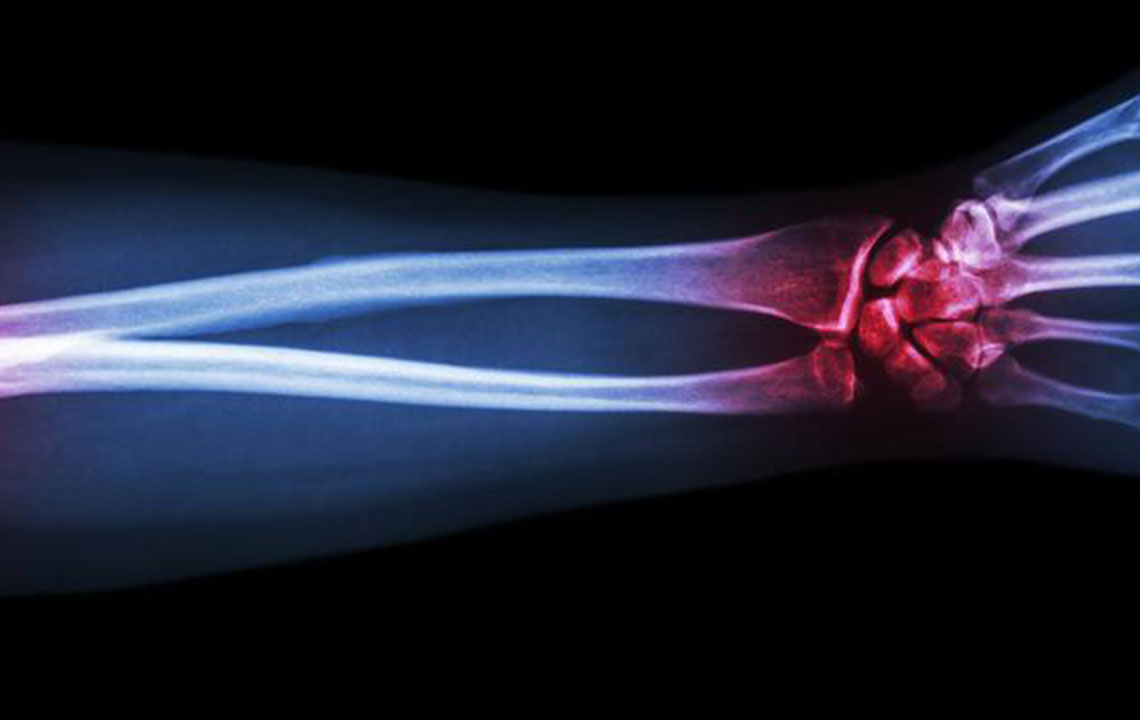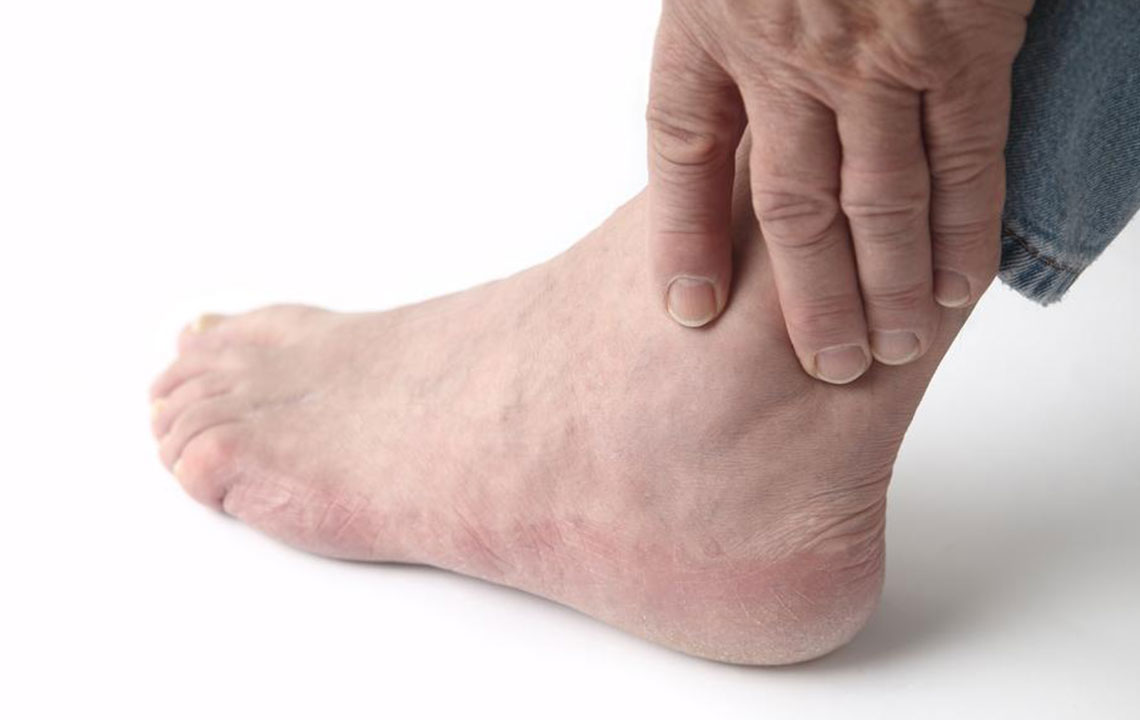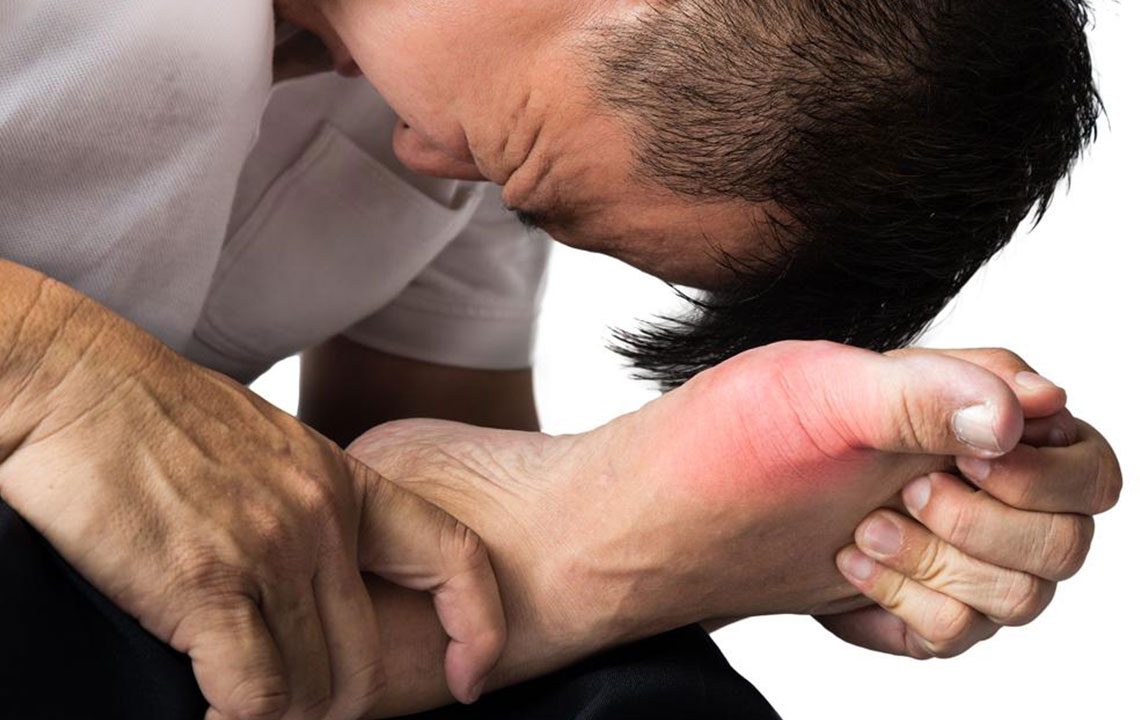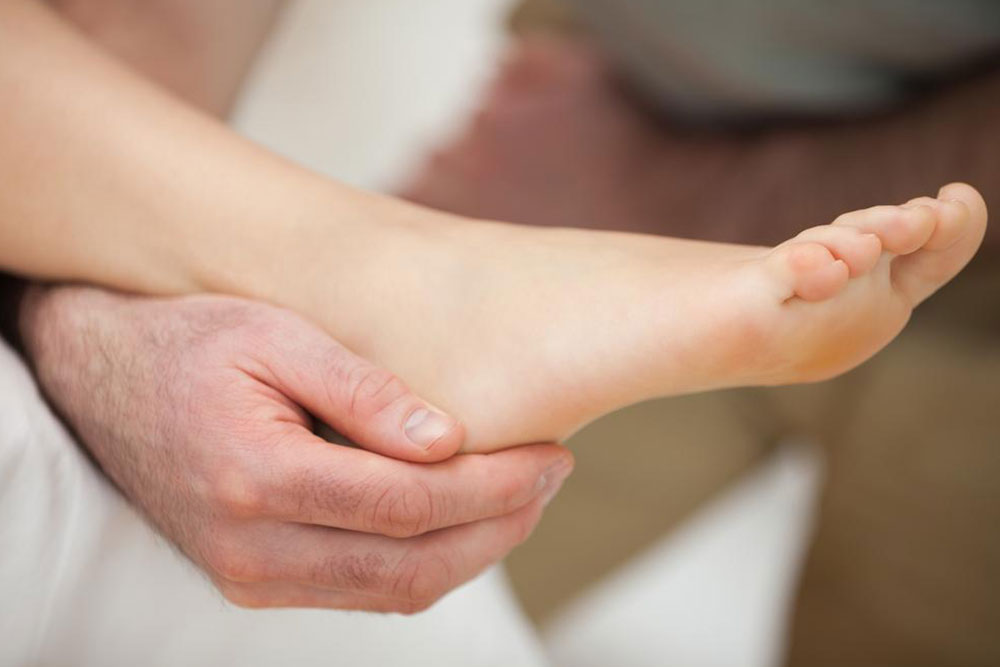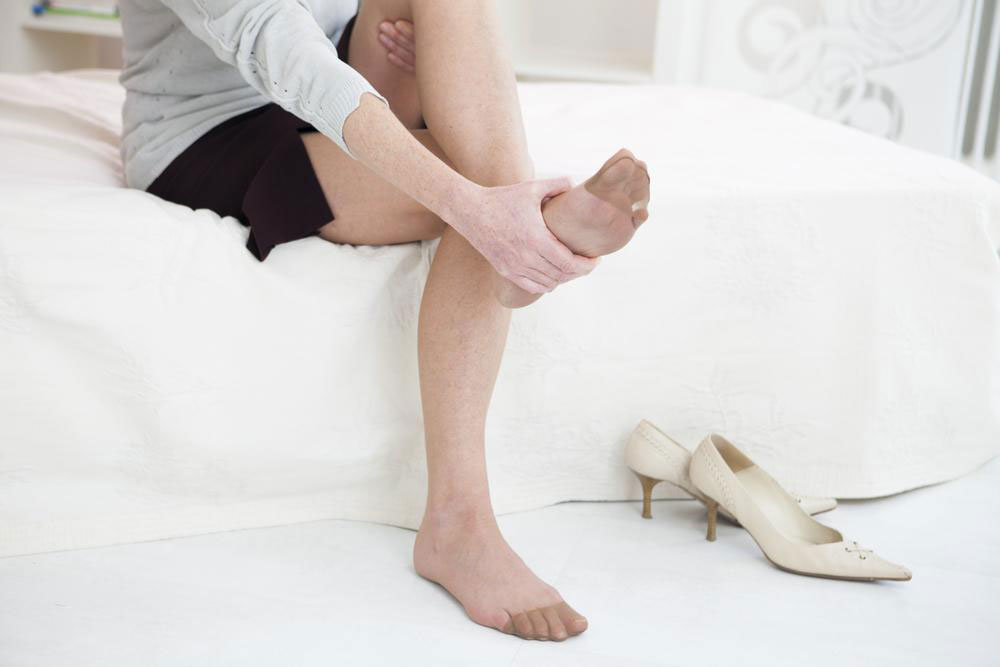Effective Strategies for Rapid Gout Pain Relief
Learn effective strategies for immediate relief from gout pain, including home remedies and medication options. This guide covers preventive tips, ice therapy, and when to consult a doctor to manage gout symptoms effectively and prevent joint damage. Take control of gout attacks with quick, practical solutions and professional advice for long-term health benefits.

Strategies for Quick Gout Pain Relief
Gout is a painful condition caused by the accumulation of uric acid crystals in joint tissues, leading to inflammation. It results from a metabolic imbalance where purines are converted into uric acid but are not excreted properly through the kidneys. Elevated uric acid levels promote crystal formation, causing intense pain, redness, and swelling, primarily in the big toe, but other joints like knees, ankles, wrists, and elbows can also be affected. Women often develop gout in hand joints.
Immediate remedies for gout discomfort
Here are practical tips for easing gout pain swiftly:
Apple cider vinegar: Mixing two tablespoons of apple cider vinegar in eight ounces of water helps alkalize the body, potentially reducing pain significantly within a day or two. Experiment with drinking directly or over time to find what works best.
Ibuprofen: An over-the-counter anti-inflammatory, taking four tablets initially can help alleviate gout pain effectively.
Medications prescribed by healthcare professionals
Allopurinol: This medication blocks enzymes involved in uric acid production, gradually lowering blood levels. It may take up to six months for full benefits, and initial gout attacks can occur during early treatment. Doctors may recommend it with colchicine to manage symptoms.
Lesinurad: Used alongside allopurinol, this drug helps decrease uric acid levels when diet alone isn’t sufficient.
Pegloticase: A last-resort intravenous drug for severe cases, administered biweekly under medical supervision, typically after other treatments fail. Benefits may take months to manifest.
Short-term therapies
Colchicine: This reduces inflammation caused by urate crystals when taken in low doses; higher doses may cause nausea or gastrointestinal upset.
Corticosteroids: These drugs provide quick relief from pain and swelling through oral or injectable forms but should be used cautiously in diabetic individuals.
Ice therapy: Applying cold packs to the affected joint can lessen inflammation and ease pain.
Consult a doctor immediately: Urgent medical advice is crucial during a gout attack. Your doctor may recommend a low-purine diet and other preventive measures to reduce future episodes.
Sodium bicarbonate: Dissolving half a teaspoon in water and consuming thrice daily may help, provided you do not have high blood pressure since it increases sodium intake.
Gout can affect anyone with a history of arthritis or a diet high in purines. Maintaining a healthy lifestyle, including reducing purine intake, can decrease attack frequency. Seek medical attention promptly at the sign of an attack to prevent joint damage and severe discomfort. Proper management is key to living pain-free.
Note:
The information on this site is meant for educational purposes and should not replace professional medical advice. Always consult a healthcare provider for personalized treatment and diagnosis. The editorial team is not responsible for differences in data or inaccuracies from other sources.

